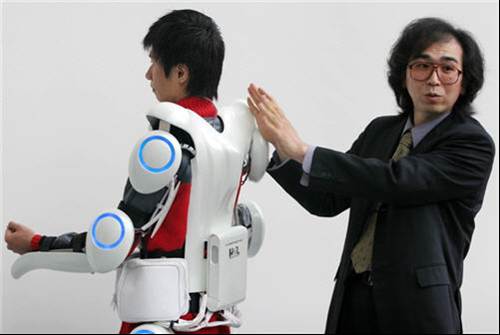Physicists are now able to manipulate and control individual molecules for a millionth of a billionth of a second
11/30/2018 / By Edsel Cook

U.K. researchers recently demonstrated a newfound technique to manipulate extremely brief chemical reactions involving individual molecules. A Nanowerks article reported that these reactions last for just a millionth of a billionth of a second, making the technique one of the most precise means of control known to man.
They developed the technique after getting unexpected results from an earlier experiment involving scanning tunneling microscope (STM) molecular manipulation. This experiment involved the application of small electrical currents to a single molecule.
Normally, reactions speed up when the electric current is increased. However, University of Bath (UB) researcher Dr. Kristina Rusimova found that the reactions in her STM molecular manipulation experiment did not accelerate.
She and her team repeated the process over and over again, hoping to change the outcome to what they expected. When the results remained the same, it dawned on them that this could offer a way to manipulate individual molecules to an entirely new level.
Their findings can be found in the journal Science. (Related: Scientists develop “synthetic bioluminescent molecules” to make cells glow bright enough to be seen from outside the human body.)
The tip of the observing microscope can affect chemical reactions
The improved method is very simple. The UB research team kept the tip of their microscope extremely close to the molecule they were observing.
By doing so, they found that the length of time that the electron spends attached to the molecule can be significantly shortened. In this way, they were able to control the ensuing chemical reaction with much greater effect.
In their new experiment, the researchers used toluene molecules. They applied single electrons to each molecule, which caused the toluene to rise from the silicon surface it was resting on.
Rusimova theorizes that the tip of the microscope is interacting with the molecule. This leads to a new quantum state that entices the electron to transfer itself from the molecule to the tip.
The shorter the time the electron stays on the molecule, the fewer the chances of it reacting with its host. This lets the researchers tweak the results.
Usually, the natural limit for controlling the reaction was 10 femtoseconds. Now, reactions as brief as 0.1 femtoseconds could now be manipulated using the much more sensitive technique.
An ordinary experiment produced a new means of controlling reactions
Rusimova noted that these new findings stemmed from an otherwise bog standard set-up. They conducted the original STM molecular manipulation experiment due to a shortage of new research material.
She caught the change while performing a final check. In earlier experiments where the microscope was positioned further back and could not interact with the molecules, the rate of chemical reactions usually went up. So she was surprised when the graph dipped instead of rising.
UB researcher and lead author Dr. Peter Sloan explained that they decided to confirm the discrepancy in the experimental output. If it turned out to be an entirely new effect, it could lead to major changes in their fields of research.
As it happened, their laboratory’s veritable old microscope proved the equal of much newer and more advanced devices. They were able to discover a new interaction that affected chemical reactions.
Their results showed that researchers could control matter without the need for costly and specialized equipment. The technique could also be replicated with ease.
Sloan and Rusimova believe that their technique could lead to further discoveries. One day, researchers like them might be able to sever chemical bonds that are usually unbreakable or assemble molecular structures that do not adhere to thermodynamics.
Discoveries.news has more articles about the latest scientific breakthroughs on molecule manipulation.
Sources include:
Tagged Under: electrons, microscope, molecules, nanotechnology, physics, quantum physics, research, schanning, scientific breakthrough


















